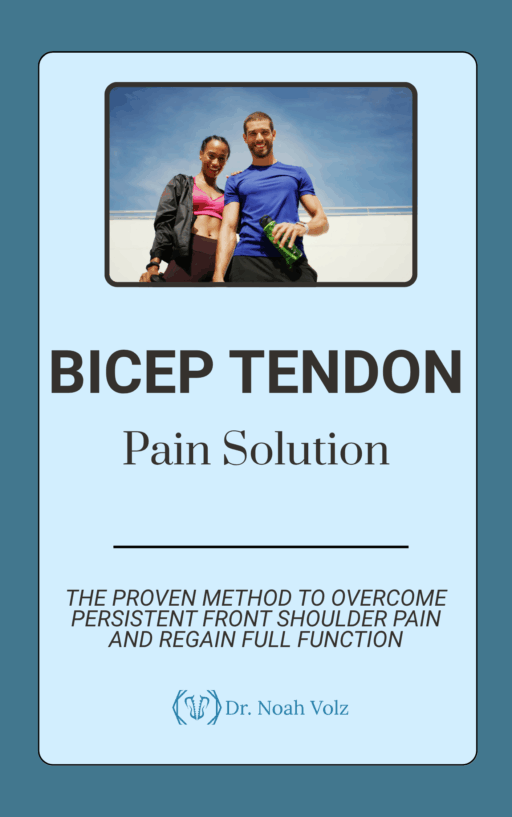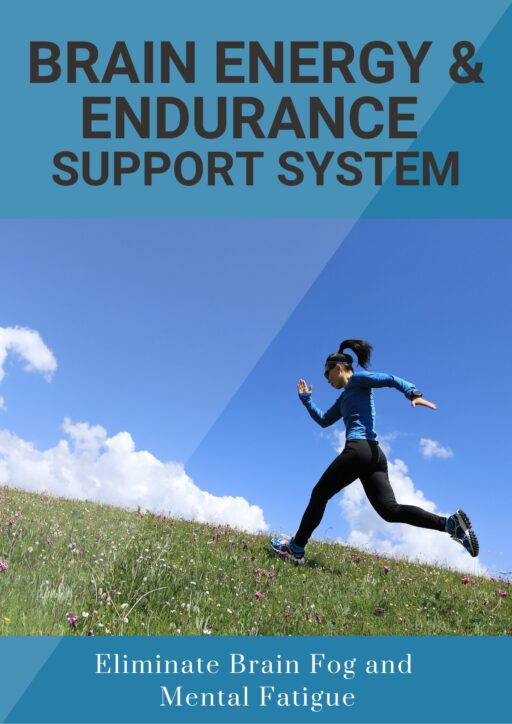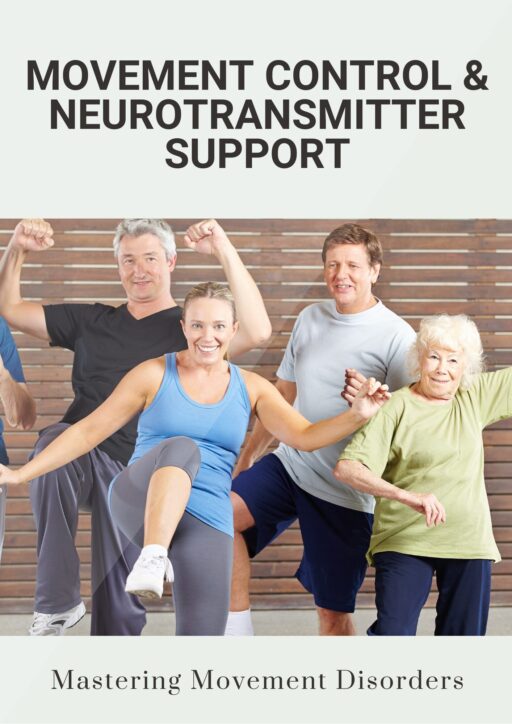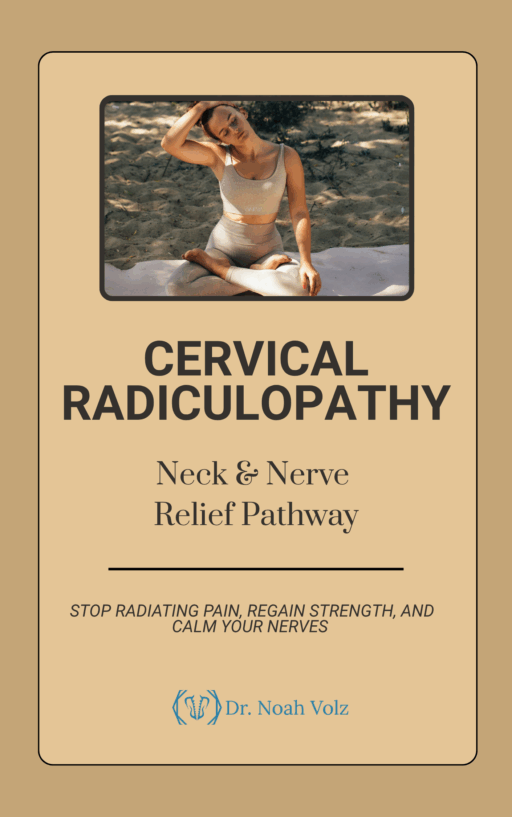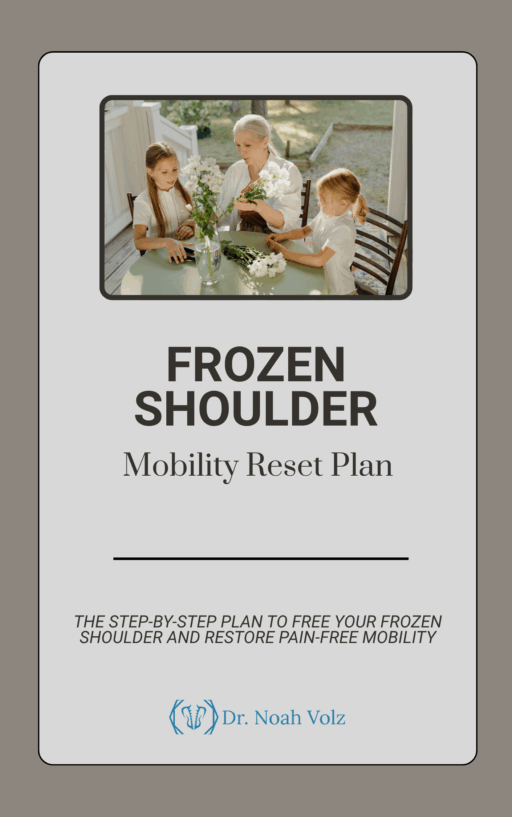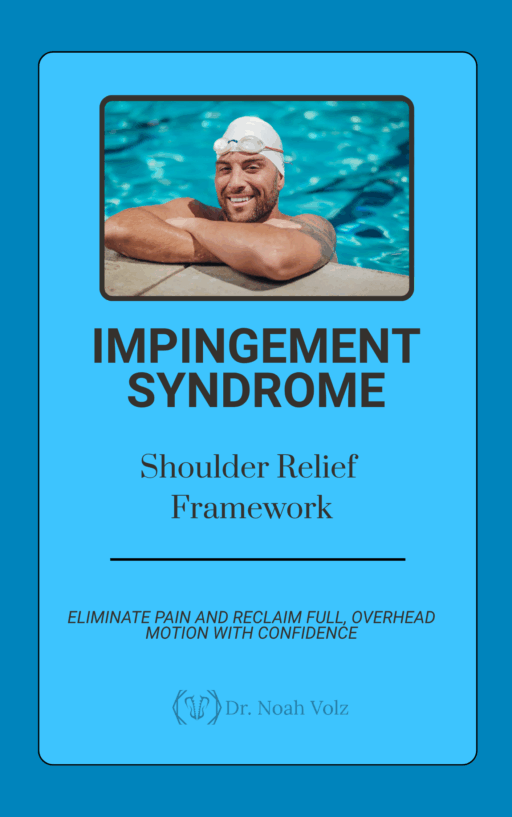Achilles tendinopathy, a common yet complex condition, often presents a challenge to healthcare professionals and athletes alike. It’s a degenerative condition characterized by repeated overloading, micro-tearing, failed healing, and subsequent tendon degeneration.
The Achilles Tendon: An Overview
The Achilles tendon, the largest and strongest tendon in the human body, links the calf muscles to the heel bone. Despite its strength, it’s vulnerable to injuries due to the high load it carries. The functional demands on the tendon can be up to 12 ½ times the body weight while running.
Classifying Achilles Tendon Injuries
Injuries to the Achilles tendon can be classified as “insertional” or “non-insertional.” Insertional tendinopathy refers to damage to tendon fibers at their insertion on the posterior calcaneus, the heel bone. Non-insertional Achilles tendinitis most commonly involves the vulnerable “watershed area” located 2-6 cm above the calcaneal insertion.
Who is at Risk?
Achilles tendon injuries affect a significant number of people each year. Athletes, especially runners, are particularly susceptible. Factors that increase the risk of Achilles tendon injuries include improper warm-up, overtraining, running on hard surfaces, and improper footwear. Intrinsic factors such as foot structure and flexibility can also play a role.
Symptoms of Achilles Tendinopathy
Patients with Achilles tendinopathy often present with pain or tenderness in the tendon that worsens with activity. Other symptoms can include difficulty standing on their toes, morning stiffness, and swelling that increases throughout the day.
Diagnosis
Diagnosis of Achilles tendinopathy involves a thorough examination of the foot and ankle, including palpation, range of motion testing, and in some cases, imaging studies. Ultrasound or MRI can help identify and define tendon pathology.
Conservative Treatment Approach
Conservative treatment, including rest, eccentric rehabilitation, and correction of mechanical faults, is the first line of intervention for Achilles tendinopathy. The cornerstone of the conservative treatment approach is an eccentric exercise program. Studies have demonstrated that eccentric strength training programs are more than twice as effective as concentric programs for the treatment of Achilles tendinopathy.
Advanced Interventions
In cases where conservative treatment fails, there are several advanced interventions that may help. These include extracorporeal shock-wave therapy (ESWT) and platelet-rich plasma (PRP) injections. However, their effectiveness is still a matter of debate in the medical community.
Surgical Management
Surgical intervention is generally considered only for Achilles tendon ruptures or when all other treatment options have failed. Several studies have suggested similar outcomes between surgical and conservative management.
Return-to-Play Criteria
The decision to return to sports or other physical activities should be based on specific criteria to avoid re-injury. The “Triple 5” criteria include: ankle dorsiflexion within 5 degrees of the uninjured side, calf circumference within 5 mm of the uninjured side, and the ability to perform 5 sets of 25 single-leg heel raises.
Prevention
Prevention strategies include introducing new activities gradually, avoiding training on hard or uneven surfaces, and not increasing running volume by more than 10% per week.
The Role of Chiropractic Care
Chiropractic care can play a significant role in managing Achilles tendinopathy. Techniques such as soft tissue manipulation, stretching, myofascial release, and joint manipulations can help promote flexibility, release adhesions, and correct biomechanical faults.
In conclusion, Achilles tendinopathy is a complex condition that requires a multifaceted approach to management. Successful treatment involves not only addressing the symptoms but also correcting underlying mechanical faults and modifying risk factors.
-

Bicep Tendon Pain Solution
$50.00 -

Brain Detoxification & Recovery System
$50.00 -

Brain Energy and Endurance Support System
$50.00 -

Brain-Based Movement and Motor Control Training
$50.00 -

Centralized Low Back Pain
$50.00 -

Cervical Radiculopathy: Neck and Nerve Relief Pathway
$50.00 -

Complex Low Back Pain
$50.00 -

Complex Radiating Low Back Pain
$50.00 -

Cross-Pattern Low Back Pain
$50.00 -

Frozen Shoulder Mobility Reset Plan
$50.00 -

Impingement Syndrome: Shoulder Relief Framework
$50.00 -

Mastering Brain Senses: Rebuild Your Hearing, Vision, and Body Awareness
$50.00


